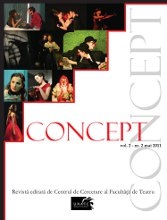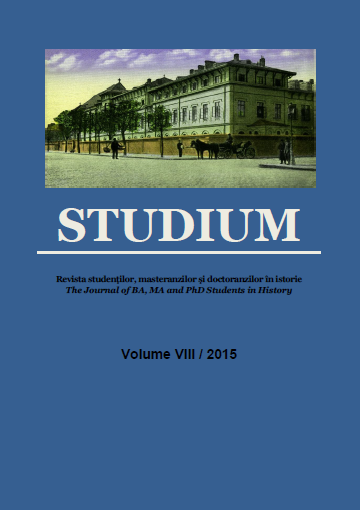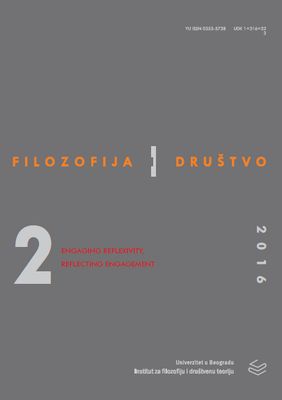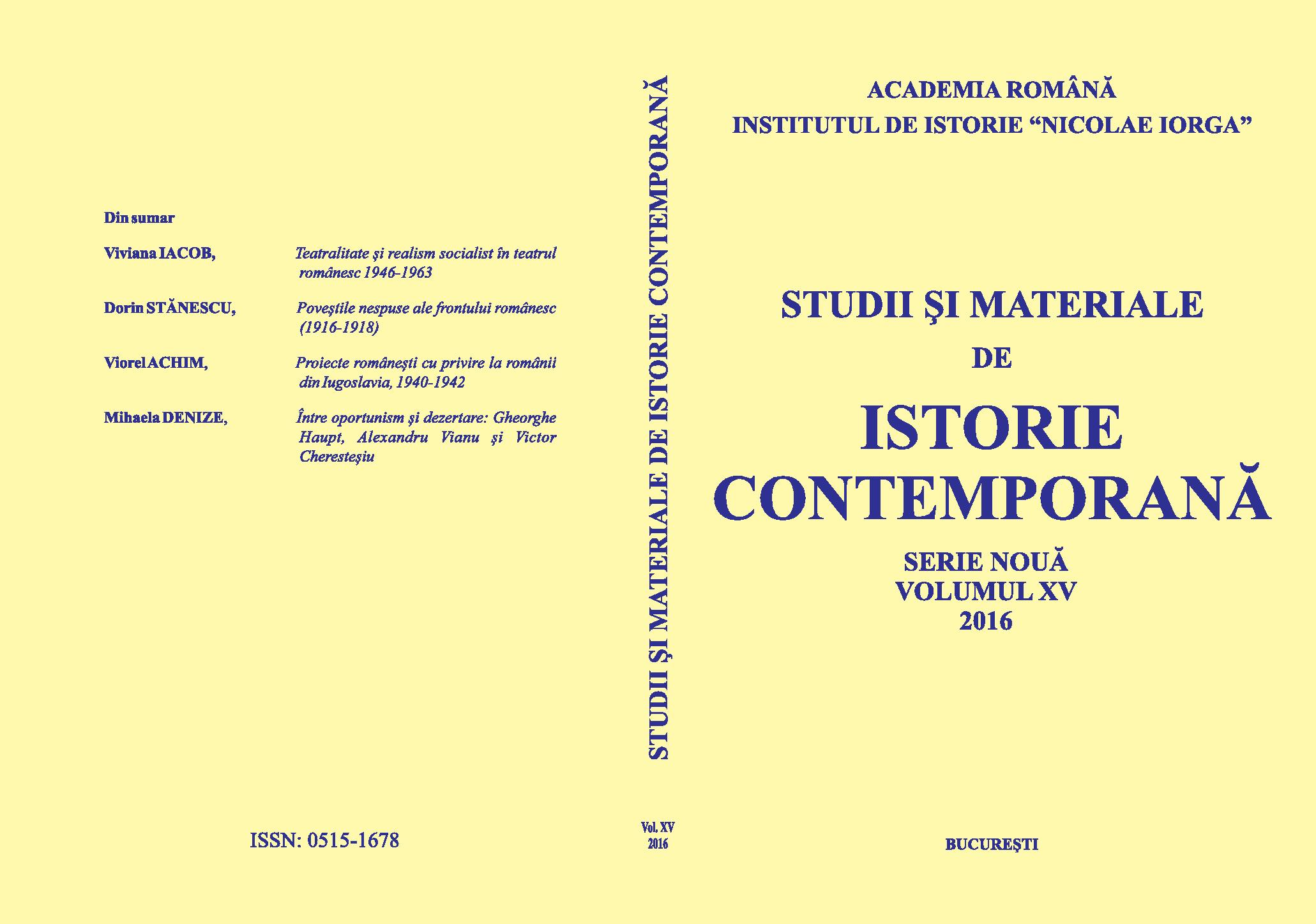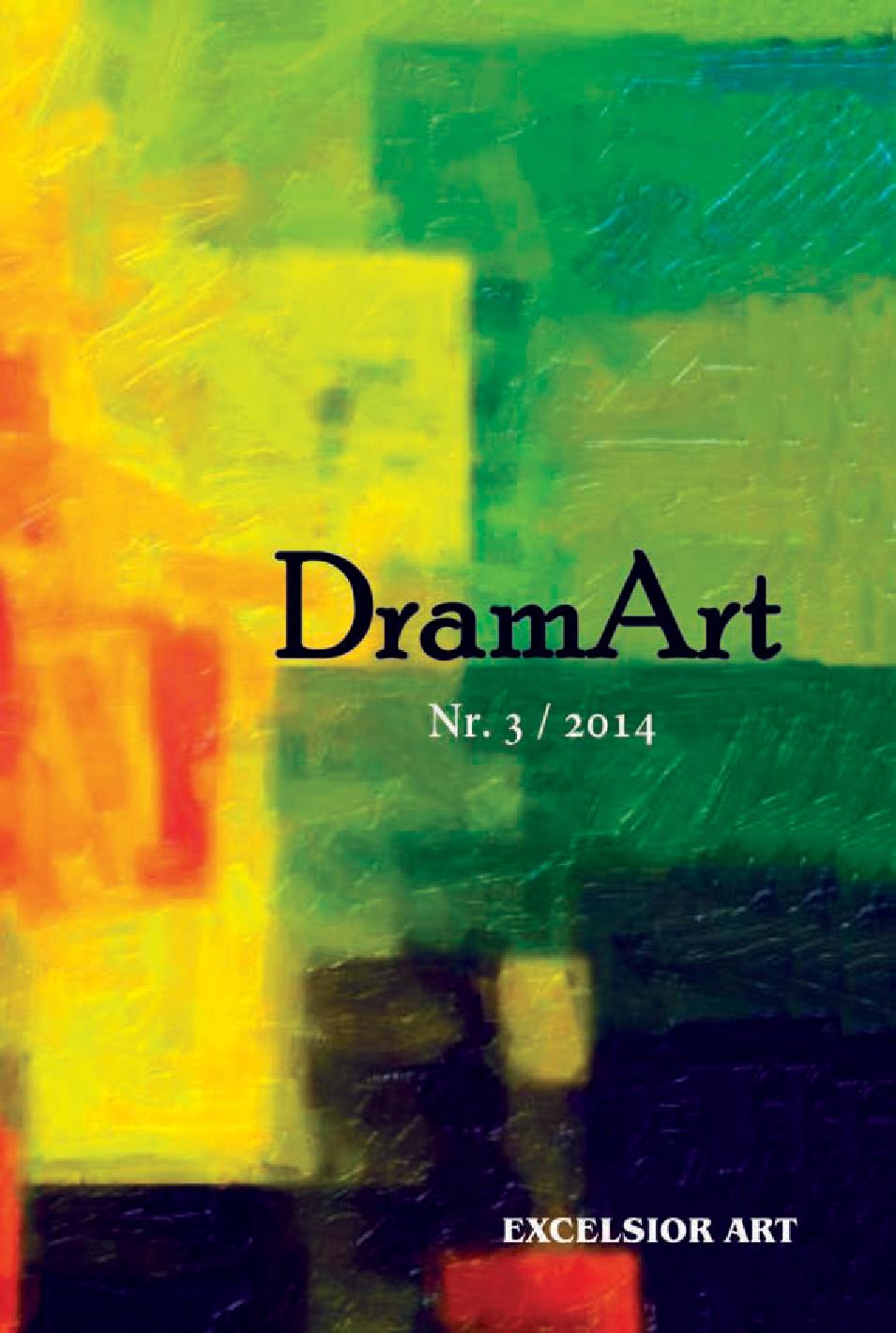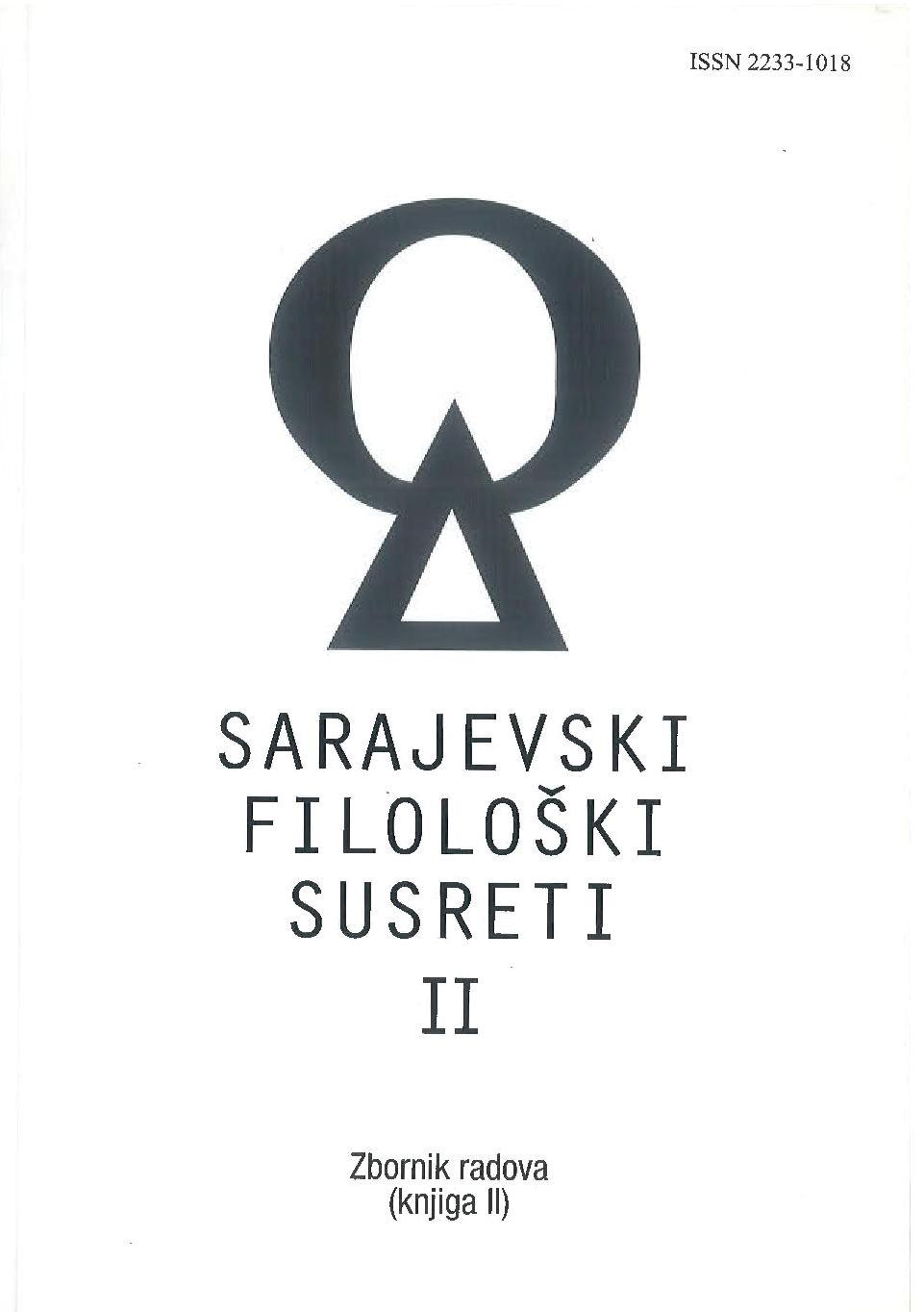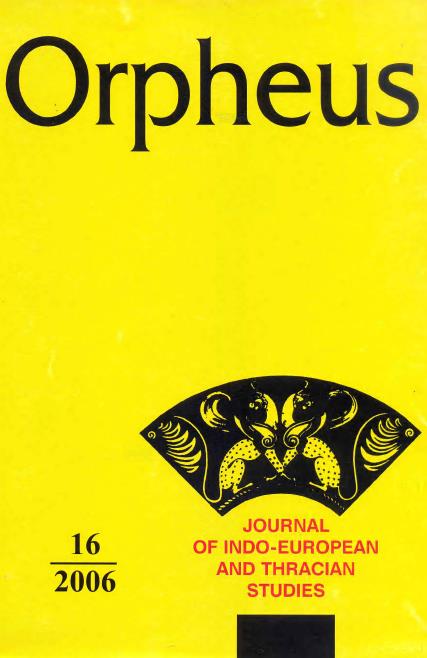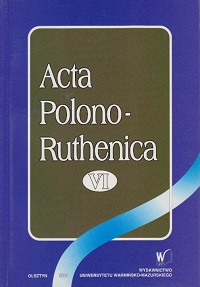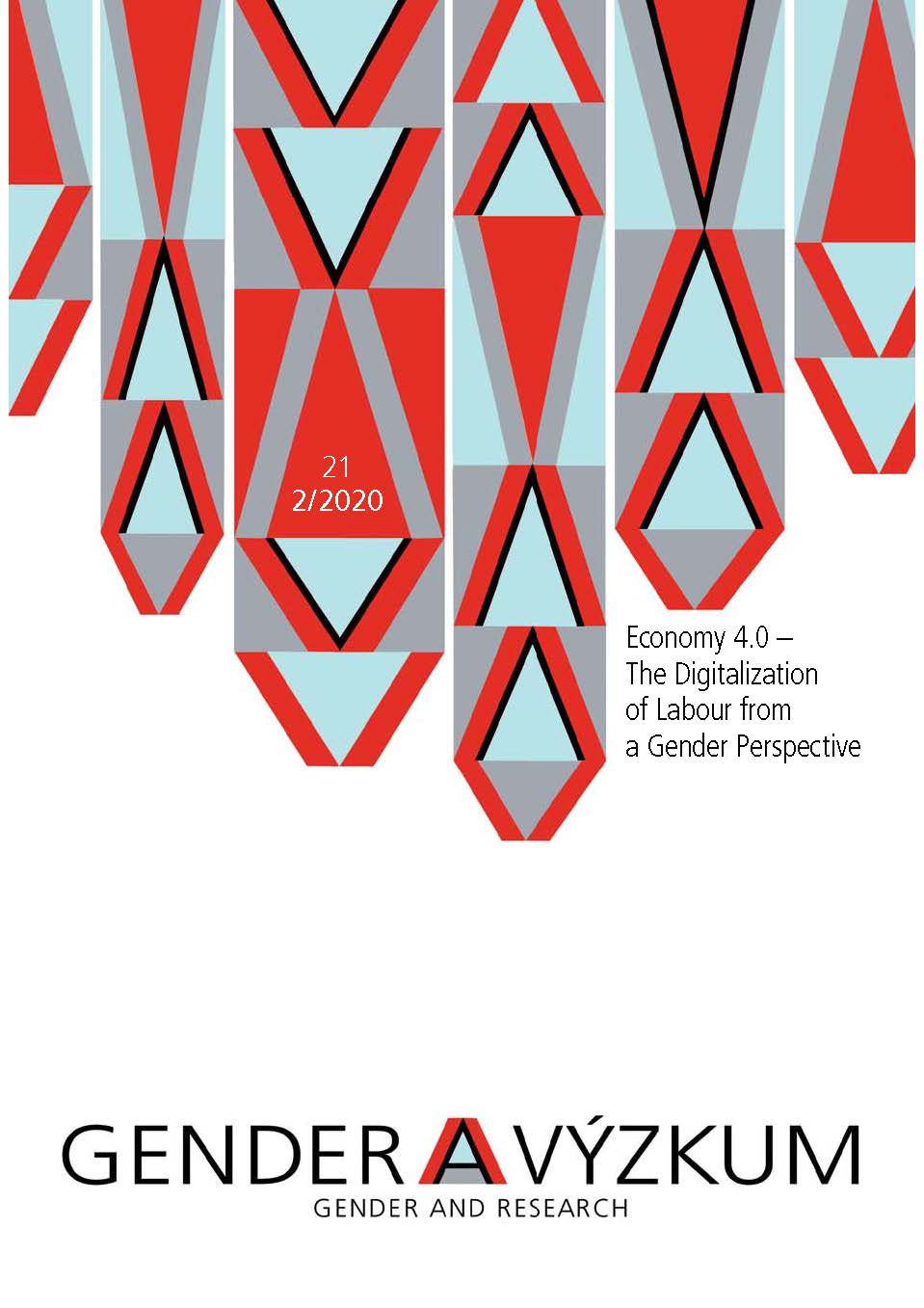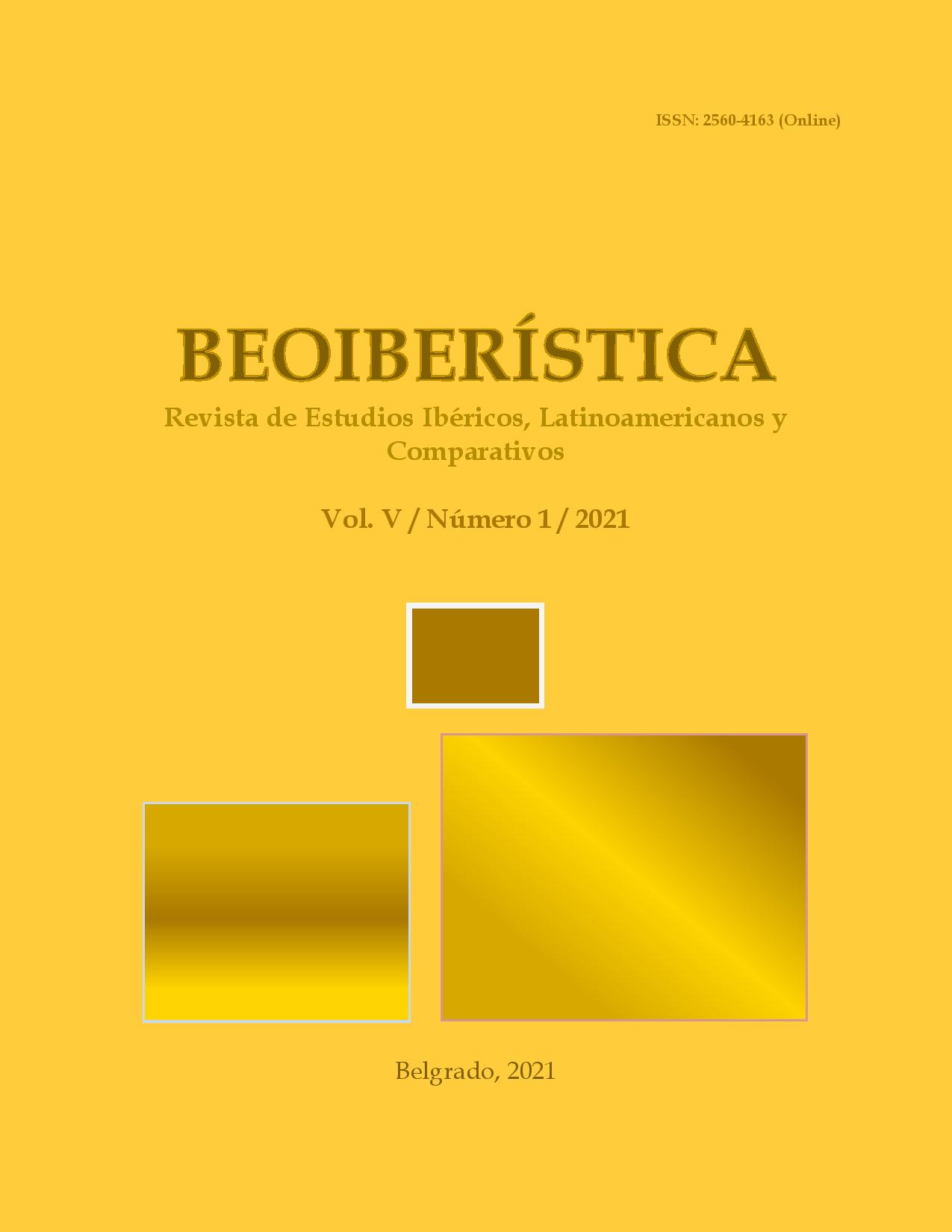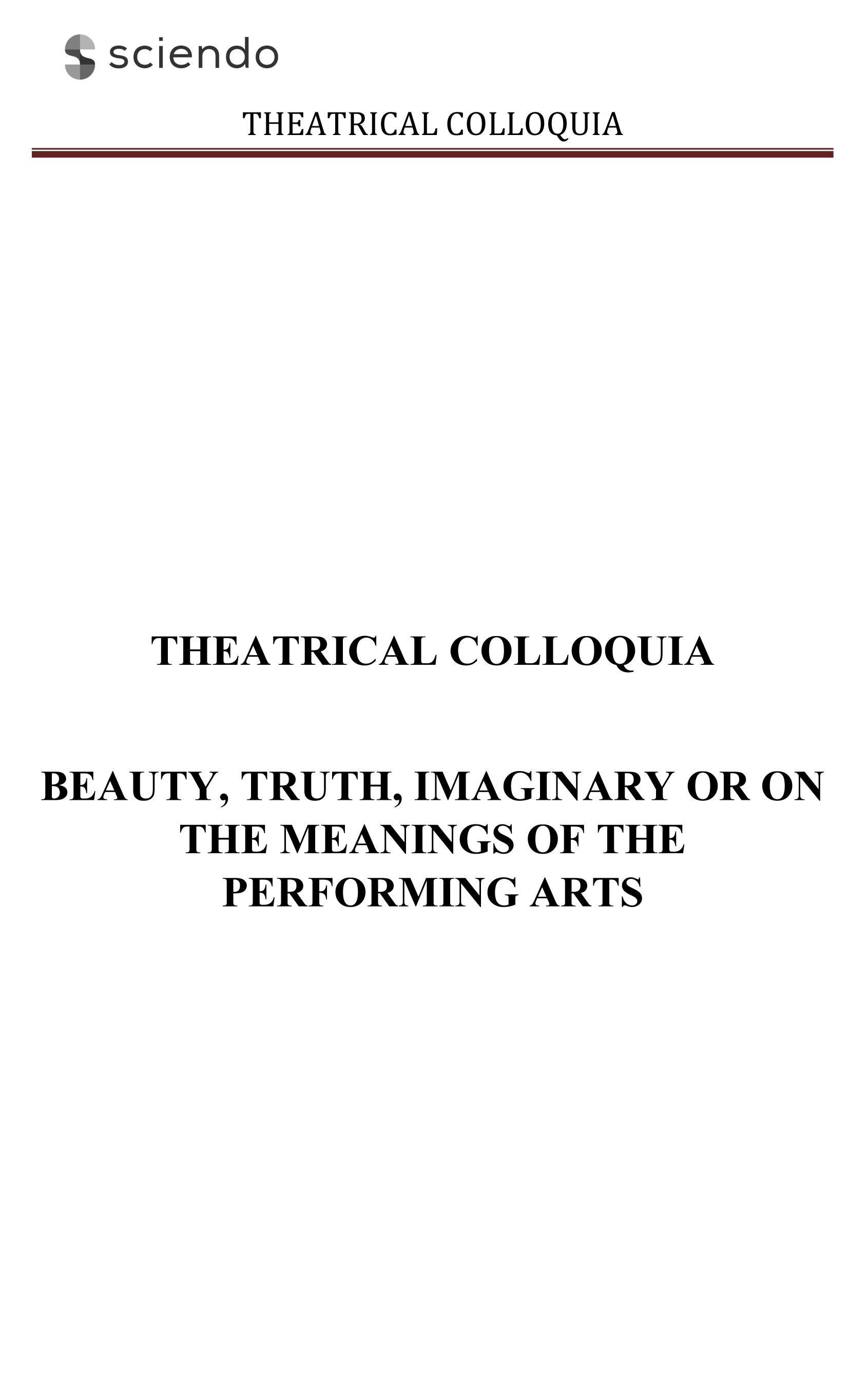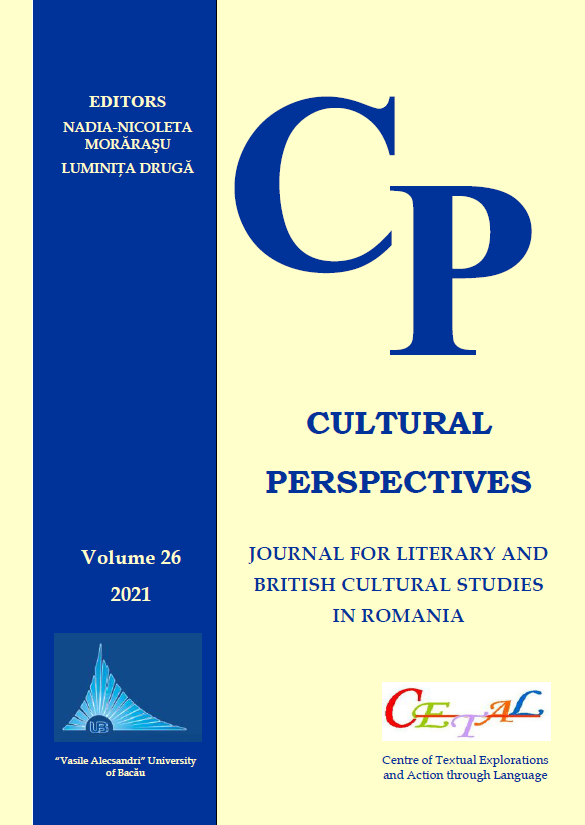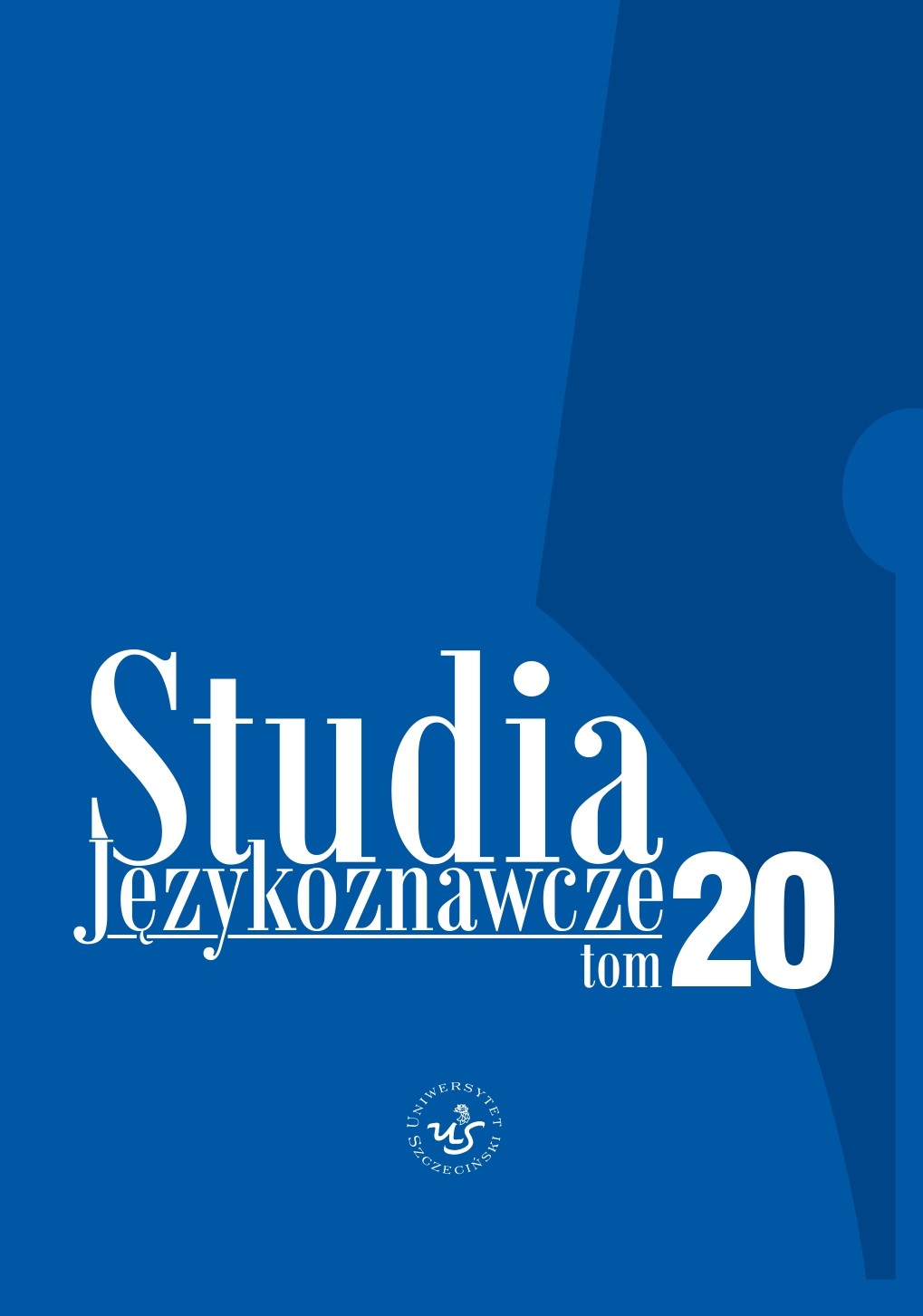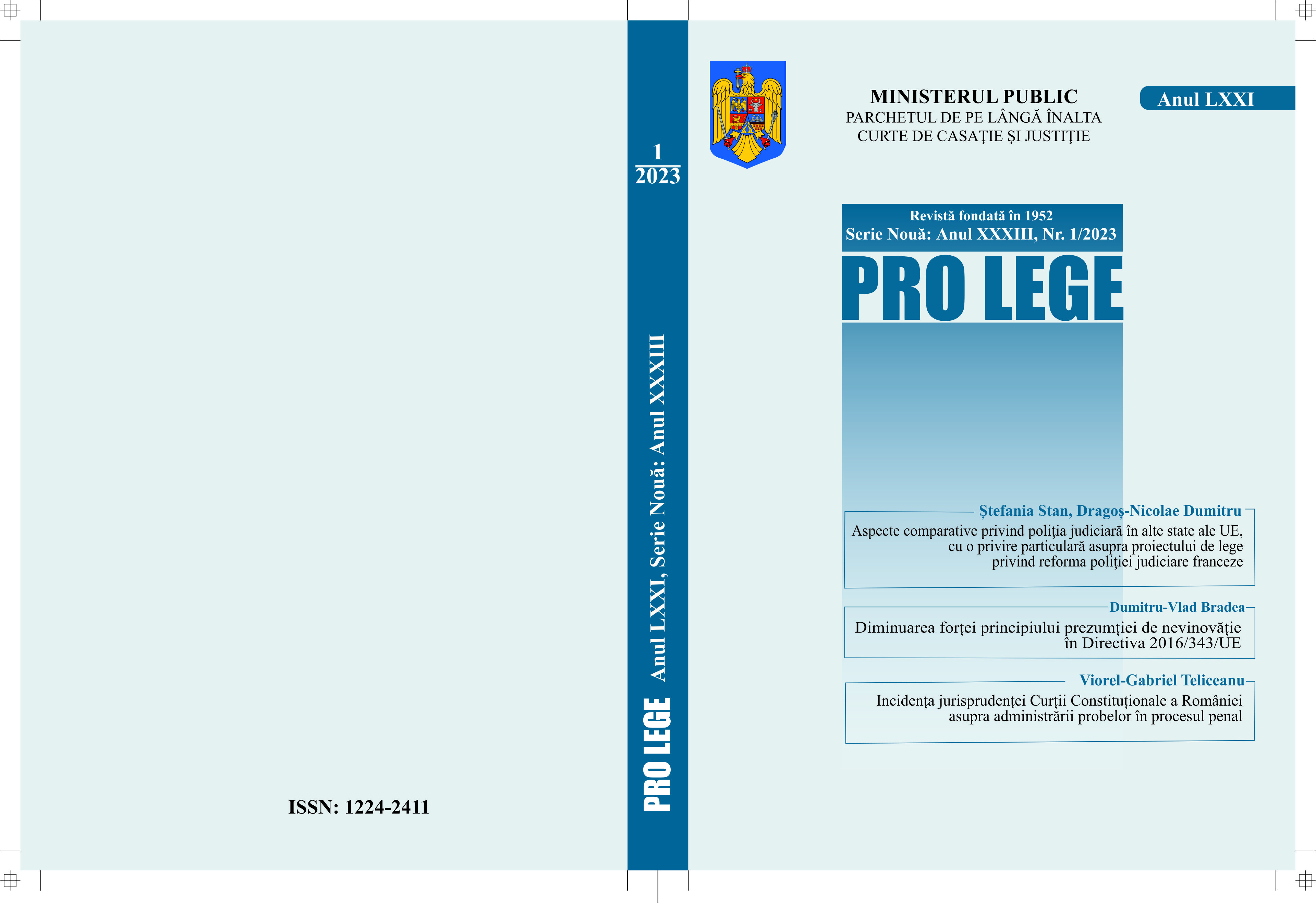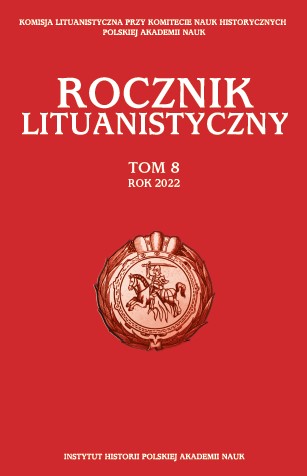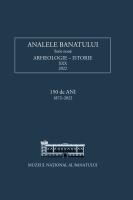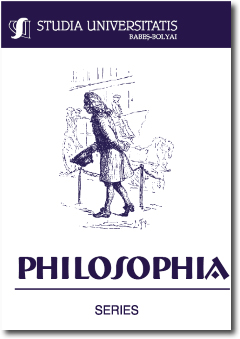
BENTHAMIC LIMITS UPON JUDICIAL DISCRETION – THEORY AND PRACTICE
BENTHAMIC LIMITS UPON JUDICIAL DISCRETION – THEORY AND PRACTICE
Keywords: judges; discretion; constraints; Jeremy Bentham.
Jeremy Bentham is widely acknowledged rather as founder of utilitarianism than founder of a complex system incorporating contributions in ethics, social and political philosophy, economy and law. More particularly, Bentham’s contributions to legal theory have been largely ignored at both international and local levels. Nowadays, one of the most popular debates within the jurisprudential discourse is that on judicial discretion in interpreting the law. In anglo-saxon jurisdictions, this debate is focused on how the judge uses this discretion, but even more, on how to limit this discretion when it has negative consequences. Within this context, this essay re-analyses later contributions of Jeremy Bentham and argues that these can offer highly relevant solutions to current problems. In view of this aim, this essay has two main sections. The first section tries to answer from benthamic perspective to the following questions: 1) Why do judges have discretion? (causes); 2) Why is discretion mischievous? (consequences); and 3) What are the Benthamic solutions for mischievous discretion? (solutions). The outcome is a set of constraints upon judicial discretion, ‘interwoven’ with their utilitarian rationale. The second section of the paper assesses the practicality of the Benthamic solutions by presenting the case study of the Romanian judicial system, which features some of Bentham’s proposed constraints, but fails to display the expected outcome. The analysis of these outcomes suggests that Benthams’ solutions are highly useful in theory, but they need several more refinements and additions in order for their efficacy to be ensured in practice.
More...
